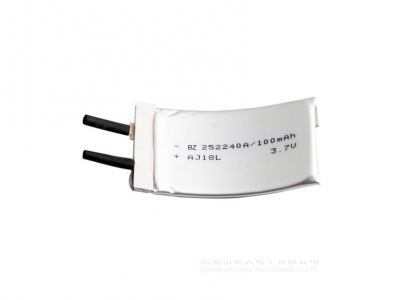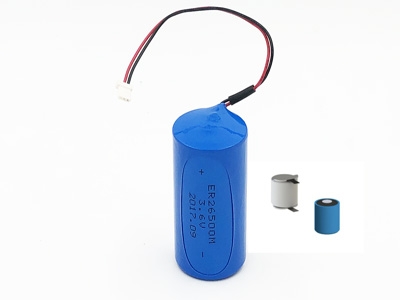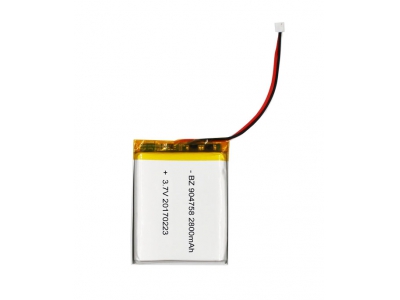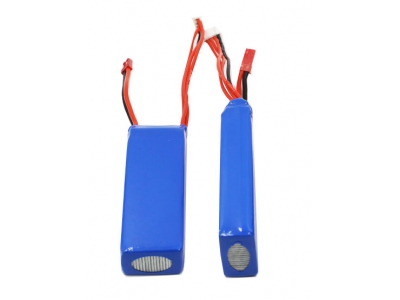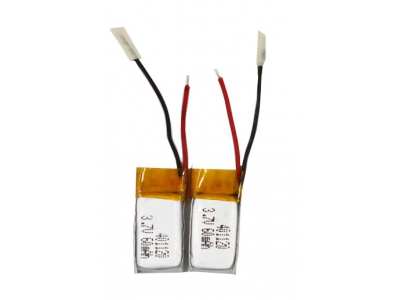Researcher Claims New Battery Design Could Double Range, Battery Life
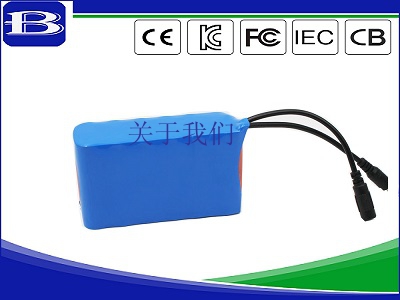
The problem with lithium-ion is that whether you measure by energy per kilogram or energy per unit weight, Li-ion batteries aren’t very good. The graph below also illustrates why fossil fuels are so difficult to replace. It’s not just because they pack a relatively high amount of energy — though they do — but because fuels like ethanol, kerosene, gasoline, and diesel are stable at room temperature and pressure (even if you need to keep a lid on them) and don’t require specialized storage or pumping procedures. Lithium-ion batteries, meanwhile, are the tiny dot at the bottom-left side of the graph. Anything that can bump them upwards or outwards is therefore an improvement and Hu thinks he has the answer.
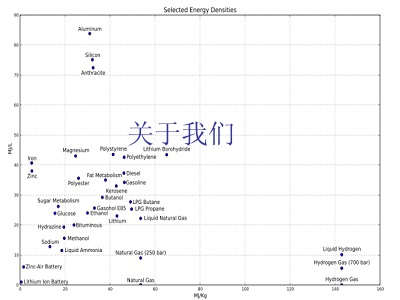
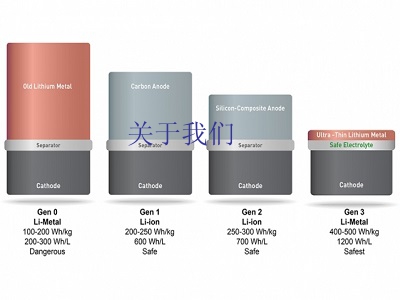
There’s no word on how hard it is to build these structures, but they don’t appear to rely on expensive metals (another plus), and there’s nothing particularly expensive about sulfur or phosphorous. None of this proves we’ll be packing smartphones with 2x the battery life in a year or two, but there seem to be fewer barriers to commercial introduction for SolidEnergy than we’ve seen in the past.






